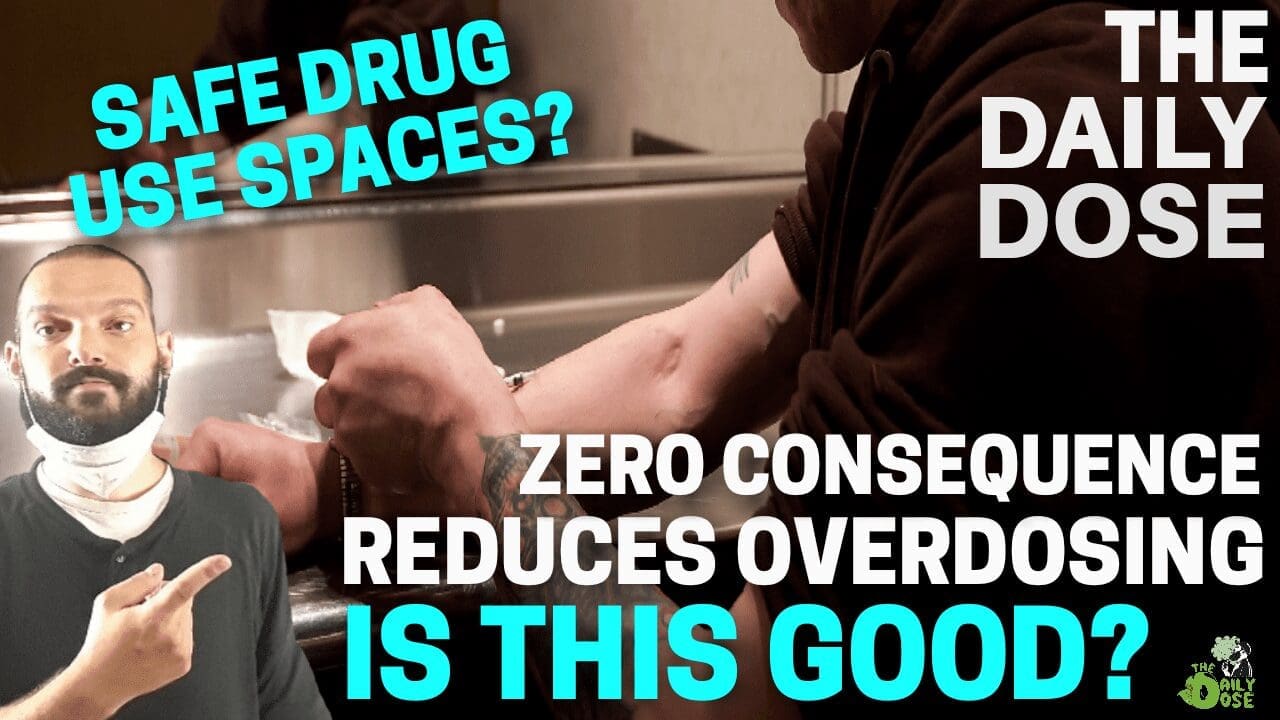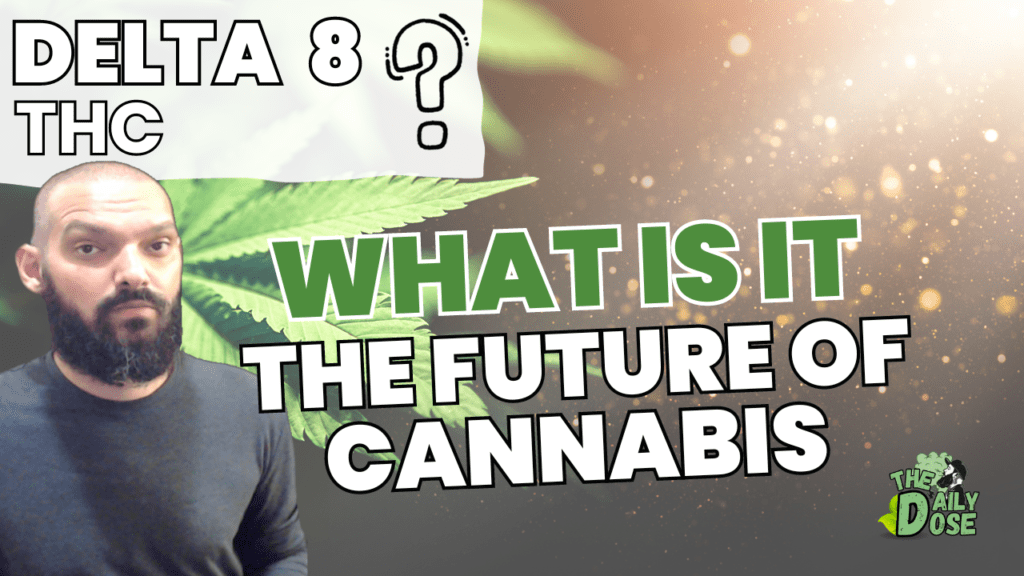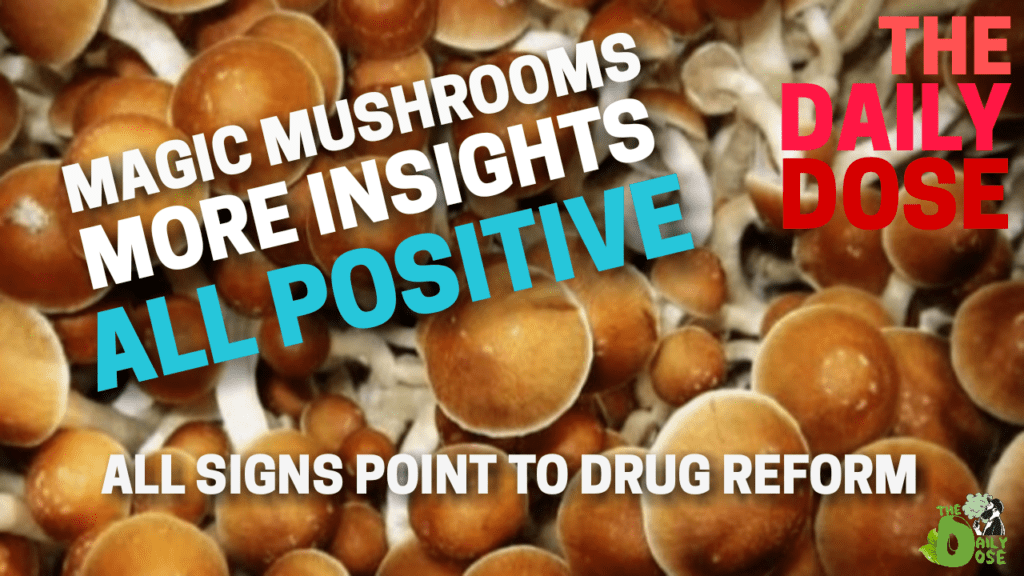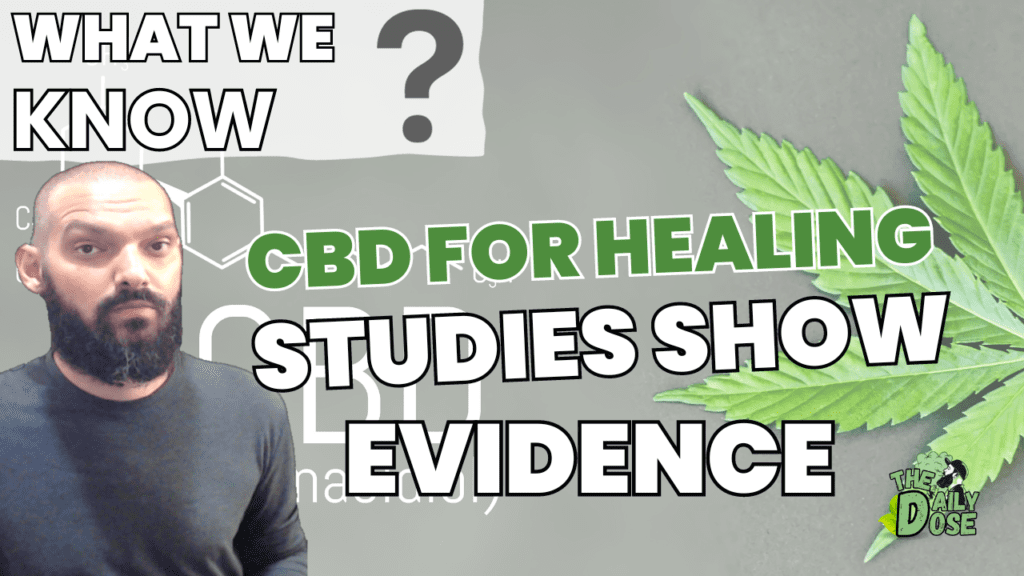Check out the audio episode here: The Daily Dose Podcast Audio
Safe Drugs Spaces Program
Key Take Away
- Veto of Senate Bill 57: Despite initially showing openness, Governor Newsom vetoed the bill, which aimed to establish safe drug consumption sites in major California cities (San Francisco, Los Angeles, and Oakland) as a part of a pilot program intended to operate for five years.
- Reasons for Veto: Newsom expressed concerns about the potential for these sites to encourage illegal drug use and the lack of strong local leadership and well-vetted operators. He stressed the need for any such innovative efforts to be “well planned, even when they start as pilots,” to mitigate potential unintended impacts.
- Advocates’ Stance: Supporters of the bill, including public health organizations and the bill’s author, Senator Scott Wiener, argue that such sites can significantly reduce overdoses and the spread of diseases like HIV and hepatitis. They contend that these sites are proven models in reducing negative outcomes related to drug use and that the veto ignores years of planning and data supporting their effectiveness.
- Critics’ Concerns: Critics, including state Senate Republicans, argue that the bill could exacerbate the drug epidemic, likening it to “pouring gasoline on a forest fire.” They emphasize the importance of focusing on getting individuals off drugs and into treatment rather than providing spaces for drug use.
- Future Prospects: Following the veto, there’s uncertainty about the future of such initiatives in California. While some local officials consider moving forward without state approval, this approach carries significant legal risks. The federal response remains another area of uncertainty as street drugs continue to be illegal under federal law.
1. Introduction
The Cannabis Dilemma in Child Welfare Cases
In an era where cannabis has become ubiquitous, an important question arises: Is it fair to consider cannabis akin to alcohol in child welfare cases? This inquiry primarily targets parents of young children who responsibly use cannabis.
For years, these parents have often remained silent, apprehensive about potential job loss or unwelcome visits from social services. This discussion revolves around seeking solace through substances and scrutinizing cannabis’s comparative merits.
A Paradigm Shift in Perspective And Drug Spaces
Alcohol’s widely recognized destructiveness is not on par with most substances. To assert that cannabis and alcohol are equals may seem unjust, but within the context of societal norms, it could be seen as a small victory for parents who turn to cannabis for respite.
This article delves into the recent decision by California’s Governor Gavin Newsom to mandate that all social services workers treat cannabis equivalently to alcohol when children are involved.
SUMMARY
Governor Gavin Newsom vetoed Senate Bill 57, which proposed the creation of safe drug consumption sites in major California cities to address the surge in overdoses and drug-related health issues. While supporters argue these sites are proven to save lives and reduce harm, Newsom expressed concerns about potential unintended consequences and the need for well-planned implementation. The decision has sparked debate about the best approaches to address the state’s drug crisis.

2. Comparing Cannabis and Alcohol
A Controversial Equivalence
The contention over likening cannabis to alcohol sparks debate and reflection on the disparities between these two substances. While cannabis has garnered a reputation for its medicinal potential and relatively mild side effects, alcohol is infamous for its potential for abuse and the devastation it can cause. However, contextual factors call for reconsideration.
The Context of Societal Norms
Within society’s evolving norms and the legalization of cannabis in numerous states, the comparison is not as simple as contrasting the direct effects of the two substances. Society’s perception of cannabis has shifted, and a discussion is unfolding regarding its role in daily life and parenting. Governor Newsom’s recent legislative move signifies a profound shift in this perspective.

3. Governor Gavin Newsom’s Legislation Drug Spaces
A Landmark Decision for Child Welfare
Governor Gavin Newsom’s recent legislation marks a significant juncture in the evolution of child welfare policy. This new law mandates that social services workers treat cannabis in child welfare cases similarly to alcohol, reframing how cannabis use by parents is perceived. Understanding the motivations and consequences of this legislation is vital.
The Implications of Treating Cannabis Like Alcohol
The legislation’s implications extend to child welfare cases, where cannabis use by parents can no longer serve as the sole basis for intervention. This shift could have far-reaching effects on how cannabis is viewed within the broader context of societal and legal norms.
Source #1: Marijuana Moment
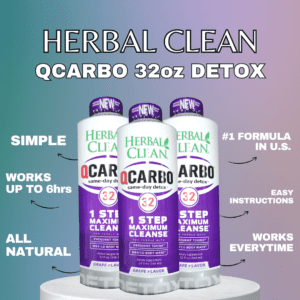
4. Safe Drug Use Sites: A Controversial Approach
Understanding the Safe Drug Use Site Proposal
Safe drug use sites, designed to provide a controlled environment for individuals using illicit substances, have emerged as a contentious topic in California. Proponents argue that these sites can reduce overdose deaths and health risks associated with drug use.
Gavin Newsom’s Veto: Concerns and Consequences
Governor Gavin Newsom’s veto of the safe drug use site bill has stirred concerns about the potential for enabling risky behavior. The decision underscores the ongoing debate about whether providing safe spaces for drug use could exacerbate the problem.
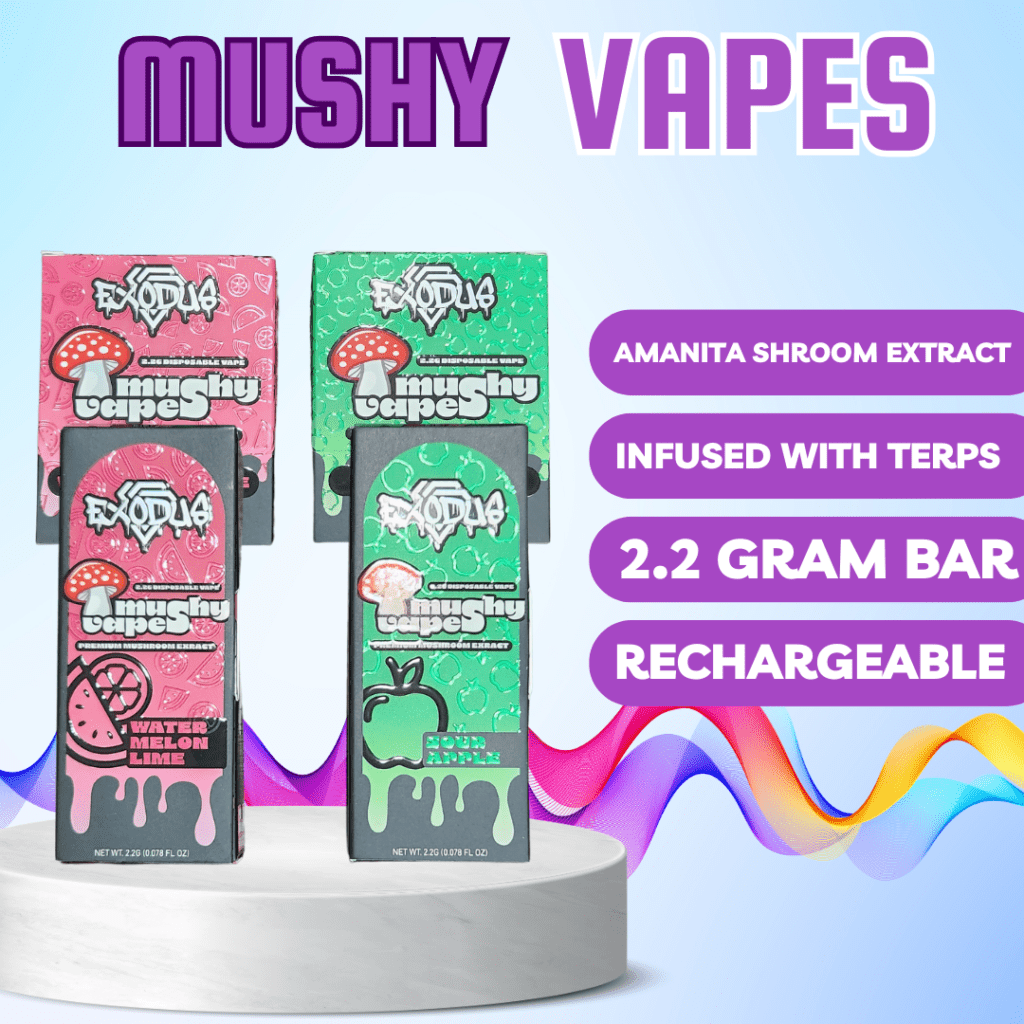
5. Debating Drug Spaces: Enabling or Empowering?
Balancing Harm Reduction with Accountability
The debate surrounding safe drug spaces centers on the fine balance between harm reduction and individual accountability. Advocates argue that these sites can prevent overdose deaths, while critics express concerns about potentially fostering irresponsible behavior.
The “Chasing the Dragon” Conundrum
An important consideration is the phenomenon known as “chasing the dragon,” where individuals seek to replicate the initial high they experienced when they first began using drugs. The presence of safe drug spaces may inadvertently exacerbate this pattern.
Source #2: NPR
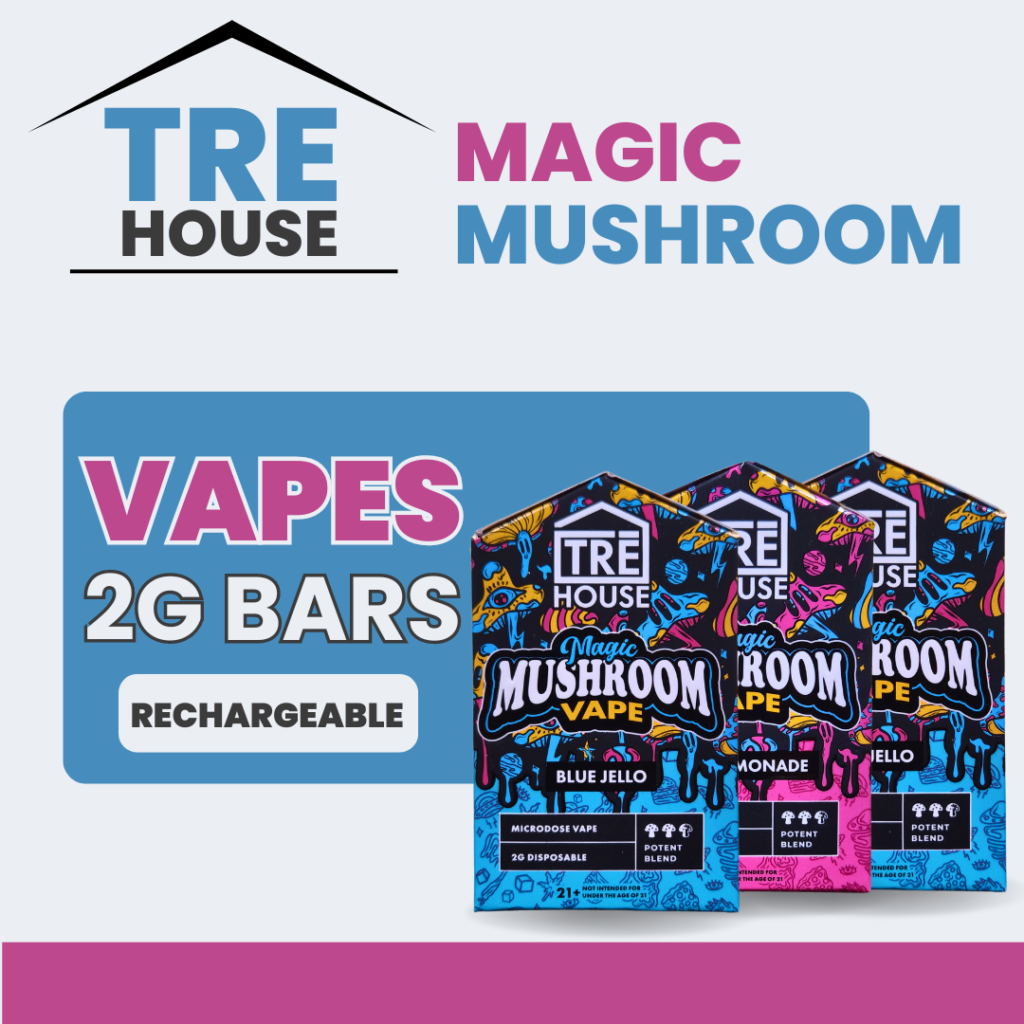
6. Conclusion: Navigating the Complex Landscape of Substance Use and Policy
Shifting Perceptions and Evolving Policies
The ongoing transformation of societal norms and policies regarding substance use reflects the changing perspectives on cannabis, alcohol, and safe drug spaces. It underscores the importance of adapting to the shifting landscape of addiction and harm reduction.
The Ongoing Quest for Informed Decision-Making
In a world where cannabis, alcohol, and addiction are viewed through an evolving lens, it is crucial to continue seeking informed decision-making that balances harm reduction with individual responsibility. As discussions progress and policies evolve, society’s ability to address these complex issues is crucial.
FAQs
What prompted the shift in policies regarding cannabis and alcohol in child welfare cases?
What does treating cannabis like alcohol mean in child welfare cases?
Why are safe drug spaces or use sites a topic of debate in substance use policy?
How can a compassionate and informed future be shaped in substance use policy?
Related Articles:
- Pros And Cons Of Legalizing All Drugs What The Internet Has To Say
- Science Of Herbal Supplements Now 2023
- The Cannabis Opioid Conundrum: Facts Now
- Flesh Eating Drug Xylazine Explained Now
- Addiction And Relapse With Kimberley Berlin
Meet The Author


